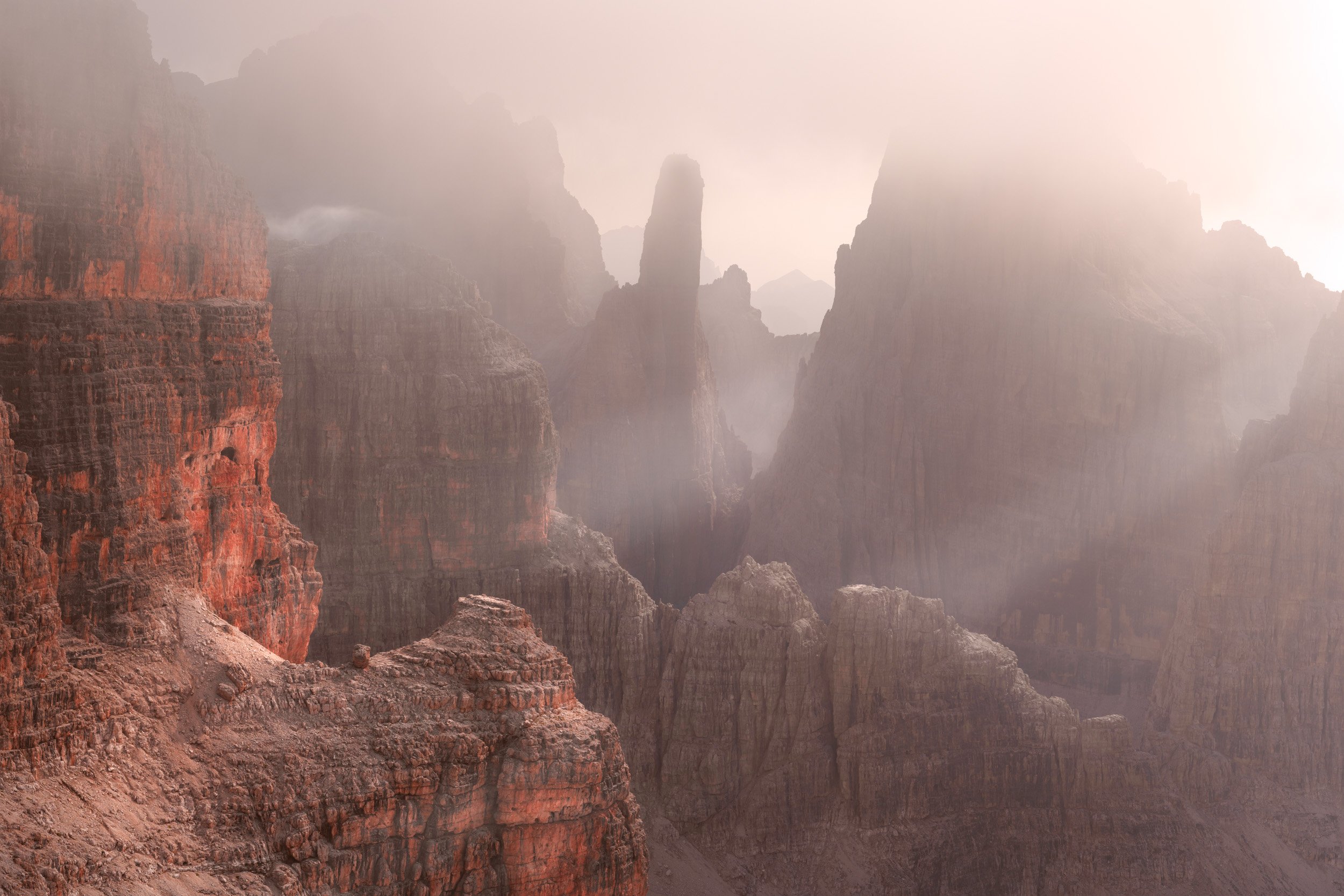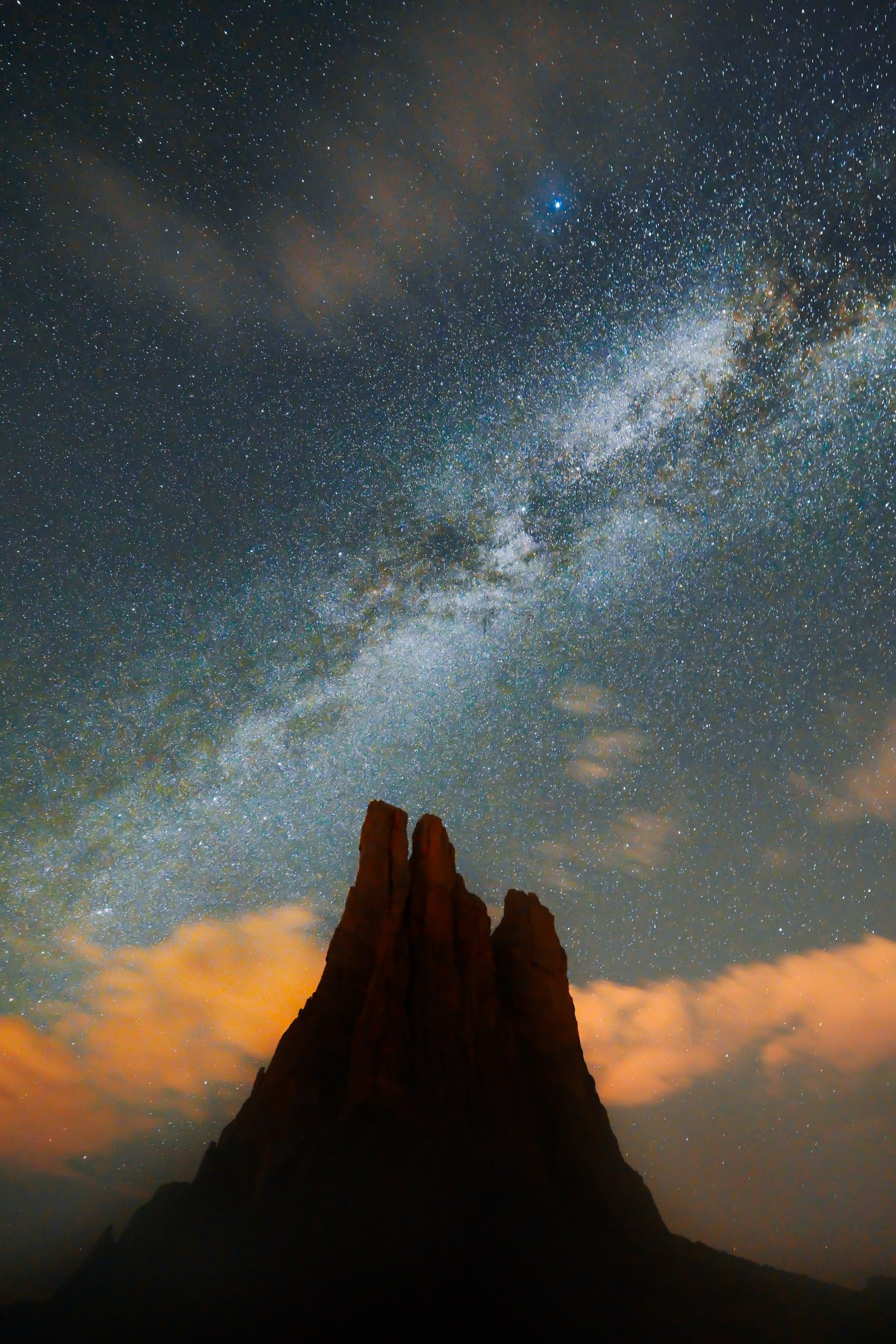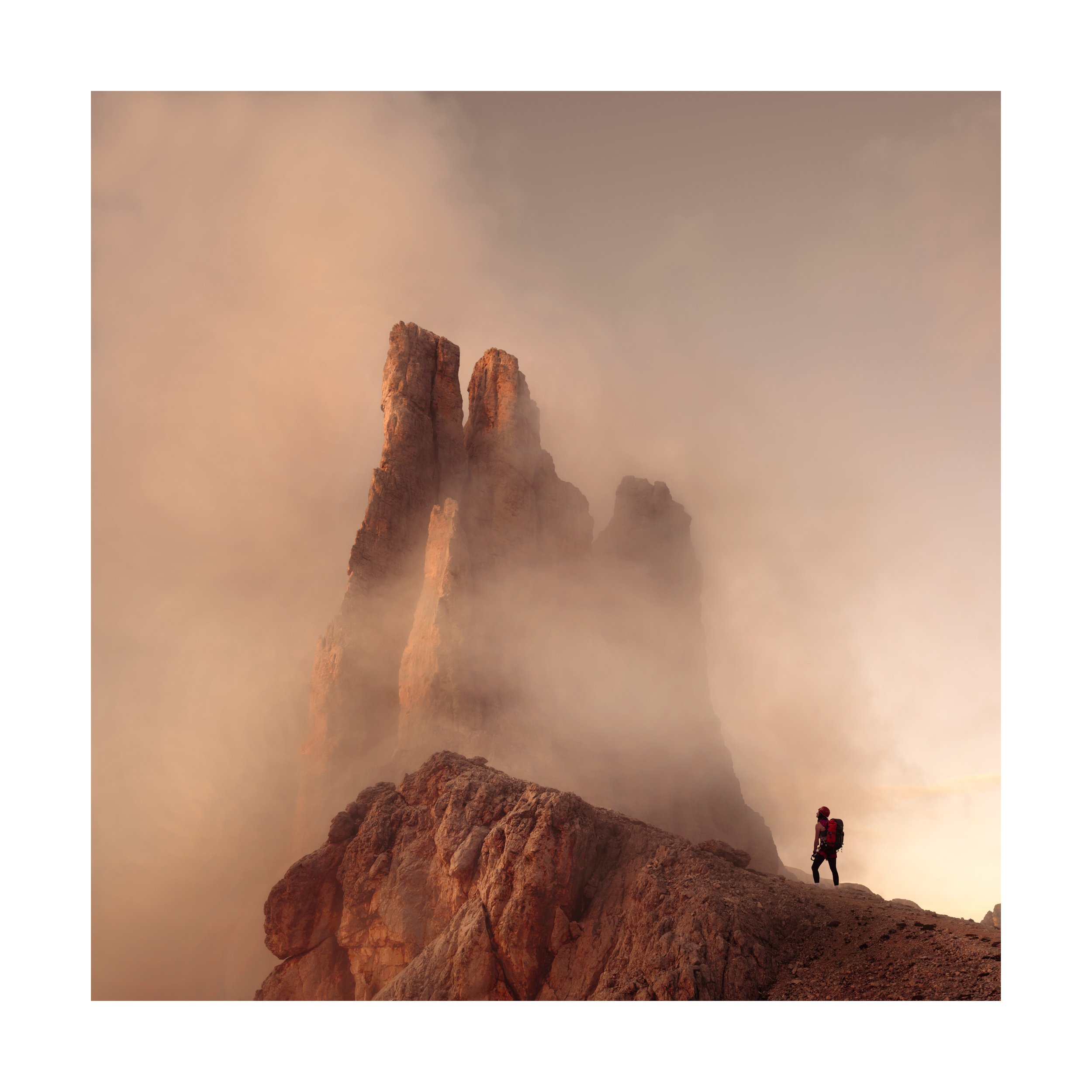Brenta dolomites: the vertical world of via ferrata
Q2, 2022
Via ferrata means steel cable. Steel cables are fixed to the walls of mountains to assure climbers to go safely into alpine terrain using carabiners, a climbing harness and a helmet. In the Dolomites, as in many other places in the Alps, via ferrata routes are prepared to go to places that normally are accessible for climbers only. A via ferrata will let you experience a new dimension of mountaineering since you will enter the vertical world of rock climbing. The exposed terrain will offer great vistas straight down, straight up and into the distance. The only pre-condition for doing via ferrata’s is that you are free from fear of heights and have experience of going into alpine terrain. Paths are small and most of the terrain is vertical or scrambling in terrain with loose rocks. The difficulty of via ferrata’s is classified from one to six or A to F. The Brenta via ferrata’s never exceeded difficulty three or C.
In the Italian Brenta dolomite mountain range many via ferrata tracks have been prepared. These tracks are connected via a network of mountains cabins that mostly are within a hiking distance of three hours from each other. That offers the possibility to do half day tours, combine two or three via ferrata’s into a long day hike or stop in time in case of bad weather. All via ferrata’s in the Brenta area are recently renewed, are of good quality and the signing is well taken care of .
Our journey starts with Mateo taxi services. He drives us with his land rover in no time from San Lorenzo at 700 meters to Rifugio Cacciatore at 1800 meters. It saves us a three hour hike in the hot sun. The are bears in the national park, about sixty. A Canadian park ranger and biologist, specialized in bears who is advising locals how to deal with bear behavior plundering honey farms and disturbing locals, hasn’t seen any last weeks. The only threat we are facing will be the voids of the vertical walls.
The next days we connect many mountains cabins using the via ferrata’s Marielle Apolloni, Osvaldo Orsi, Alfredo Benini, Dallagiacoma, Sosat, Bochette delle Centrali and Livio Brentari. Of all the mountain cabins that we visited, Rifugio Tuckett is in our heart. We appreciated the hospitality and relaxed atmosphere very much. Unfortunately, rainy weather with thunderstorms ended our journey abruptly in the Brenta Dolomites and forced us to call Mateo to drive us back into the valley.
After a few days we switched the Brenta Dolomites for the Rosengarten Dolomite mountain range, just across the valley to climb via ferrata Santner to Rifugio Alberto. We wanted to see the Vajolet towers with their dramatic vertical and pale colored peaks and their distinctive sculptural form. It is this extraordinary mountain landscape that made the government to preserve the Dolomite area. After it got its Unesco World Heritage status in 2009, the opposite happened: the Dolomites became famous and are attracting yearly several millions of tourists, hikers and climbers from all over the world.
It is remote in June, just after the routes become accessible once the snow has melted and the mountain cabins are open. After a hike towards the starting point of the via ferrata, a steep climb is awaiting us. After 2 hours of hiking in a rocky environment, out of the blue, we stand in front of a mountain cabin that looks like a star ship: the aluminium construction of Rifugio Santner. The completely renewed mountain cabin on the edge of the pass offers a spectacular view to Bolzano, the Brenta mountains range and the Ortler mountain range. It opens in July 2022.
We descend to Rifugio Alberto at the foot of the Vajolet towers, a private mountain cabin that is not part of any mountain club. This mountain cabin has been named after a former king of Belgium, king Albert 1, after he died in 1934 due to a climbing accident. King Albert used to climb yearly the Vajolet towers.
That evening in June, after a climb of the Vajolet towers, we experienced a beautiful sunset. Bad weather was clearing out. Clouds where whirling and flying around us, around the Vajolet towers and the Rosengarten summit, coloring orange, red and pink. Eventually, clouds where evaporating, letting us experience a nightly view of the milky way just above the Vajolet towers.





